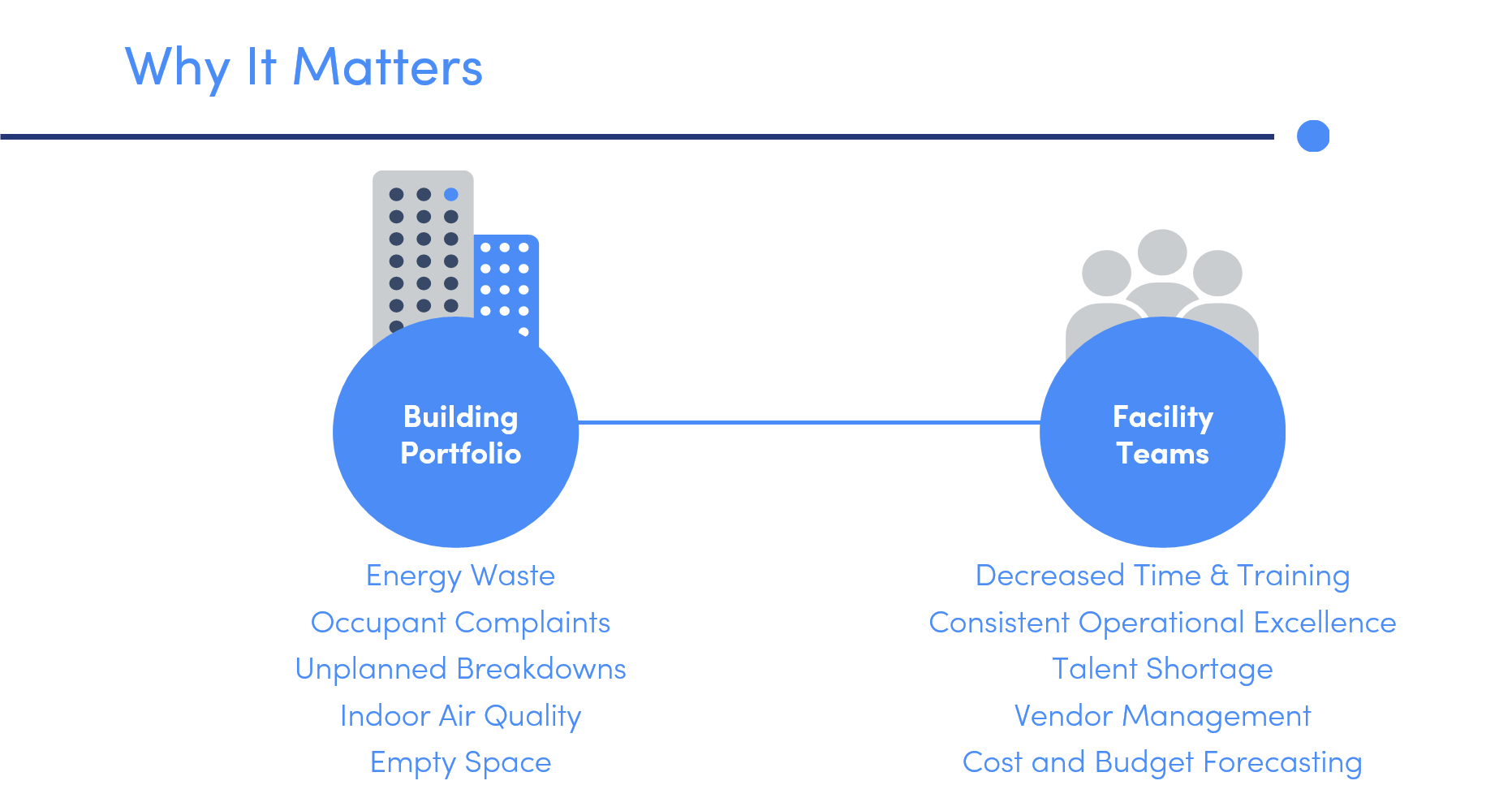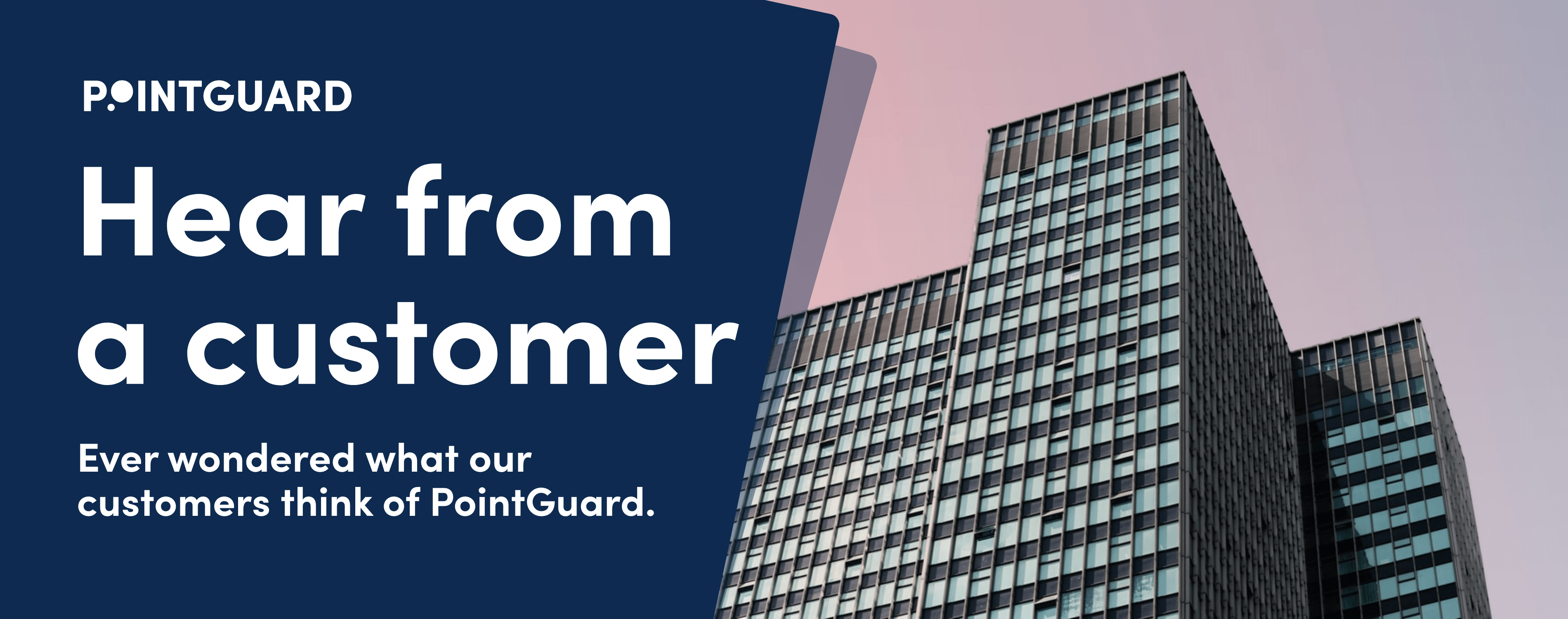Building analytics can either be a pain killer or a vitamin; An answer or more homework; A Friend or Foe. But, what makes it helpful when used vs painful to use depends a lot on how the software is customized around a facility team’s requirements.
According to EY Research, the real estate industry as a whole is still in the early stages of adopting technology, with 40% of the market yet to adopt a single technology tool to help with facility operations. And yet a major priority for building owners and facility teams coming out of the pandemic is using technology to make operations more efficient and reduce costs. Up to 92% of real estate owners want technology to help them make that happen, yet only 35% have adopted a tool to date.
As a software solutions provider, that tells us something about the state of the market and the perceptions technology users have towards new tools (as helpful as they are purported to be) entering their domain.
Facility management teams both outsourced and inside large owner-operator organizations are frequently stretched thin. They deal mostly in the upper right quadrant - the tyranny of the urgent, the things going wrong right this moment - and have limited time to or desire to think about how things could go wrong in the future. We see this every time we talk to a potential customer:

Unfortunately, this means efficient facility operations are challenged on both the building portfolio and the facility team level, often through the simple fact of too much to do any not enough time to do it.
As a facility manager, you could say: “why I need more facility data?”
- It is more work
- It means new vendors to manage
- It comes with Integration headaches
- It creates false positives
Or you could say: “what benefits will this bring us?”
- It brings targeted work
- It limits surprises and breakdowns
- It offers more confidence
- It means less risk
Realtime equipment data helps bridge gaps in facility management operations and help you gain visibility over your entire operations. Data and insights help you work smarter in an industry that pulls operators in multiple directions at once every day. Data also helps future-proof your organization, but leveraging all that the modern technological expansion can provide. Data is everywhere, why not use it in our buildings?
Connect your entire operations and take command.
Realtime equipment data streams monitoring your equipment ultimately leads to lower operating costs, less comfort complains, and better equipment performance.
BUT in order to make realtime data a facility management team’s friend, the right conditions must be met. One size fits all, complex systems are alienating to the user. Overwhelming, untargeted, alarm-generating systems create false positives that prevent the user from using/n the data effectively.
This is where we most often see the breakdown between the software an organization want to implement, and what the software’s ultimate users end up doing with it. If owners, operators, and bosses want to invest in software to assist their team with facility operations, but facility teams don’t see the value or point the software is frankly dead-on-arrival.
PointGuard’s proven software is based on a three step approach to help facility teams find actual value – meaning dollar’s saved from realtime data analytics.
- Intake: Real time data from Building Control Systems and customer input
- Analyze: Proprietary algorithms, machine learning, and sensors crunch data to develop insight
- Reveal: Cost savings, comfort, capital, and maintenance opportunities












